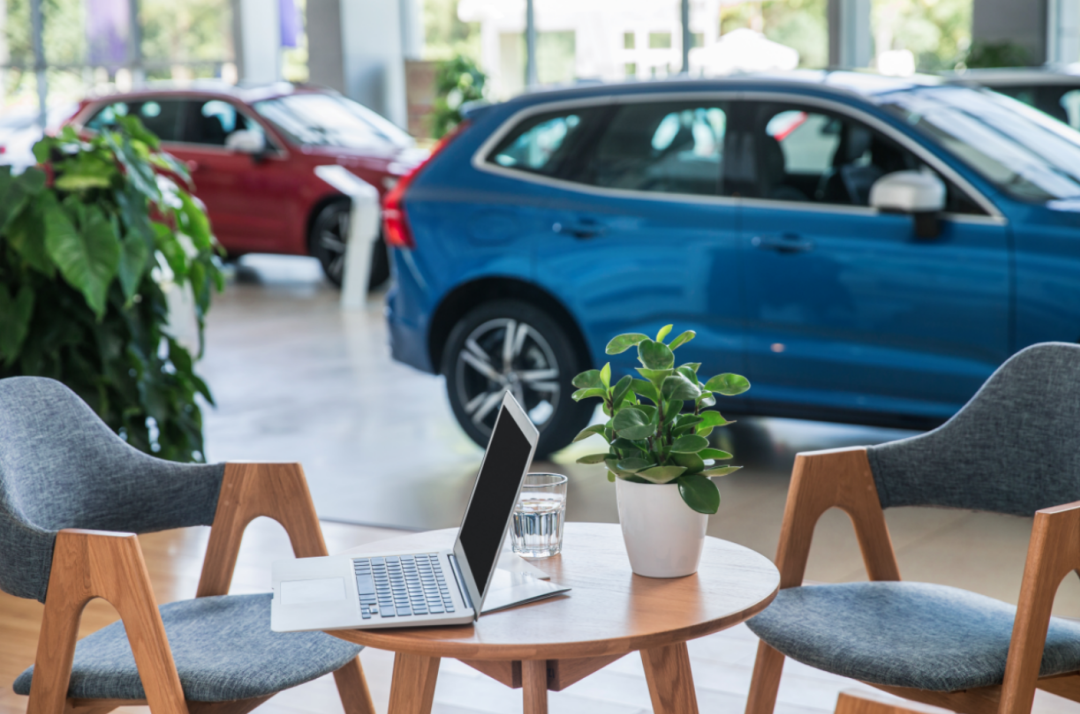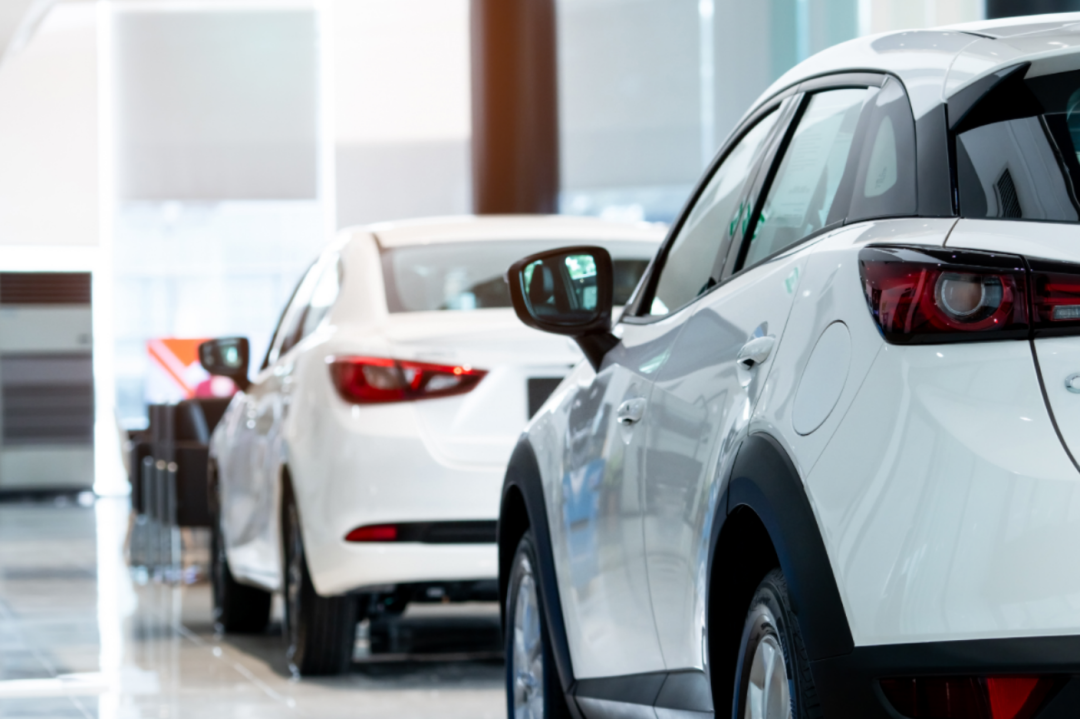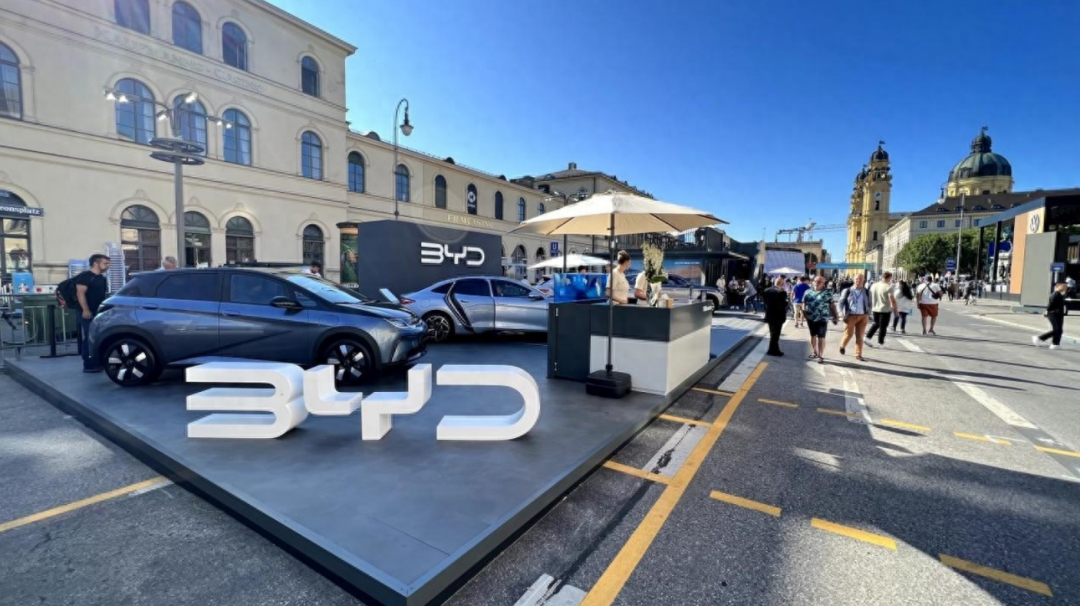Trade-In Policy Boosts Auto Sales, Ushering in a Qualitative Shift
![]() 05/29 2025
05/29 2025
![]() 696
696
In 2025, the trade-in policy continued to demonstrate its potency, achieving remarkable results through concerted efforts by central and local governments. By May 11, the cumulative number of subsidy applications surpassed 10 million, with 3.225 million applications filed in the first five months alone, directly fueling nearly 8% consumer growth. Policy tools, leveraging subsidies as their pivot, are propelling a consumer market valued at hundreds of billions of dollars.
Notably, the penetration rate of new energy vehicles (NEVs) in the replacement market surpassed 50% for the first time, with a retail penetration rate of 51.5% in April alone. This underscores the increasingly apparent substitution effect of NEVs for fuel vehicles. While traditional automakers grapple with overcapacity in fuel vehicles, companies like BYD have capitalized on this trend to top global NEV sales charts. The burgeoning trillion-dollar second-hand car market and the maturation of the power battery recycling industry chain have ensured that this transformation's impact extends far beyond short-term stimulus, as China's automotive industry undergoes a comprehensive value chain reconstruction from production to consumption and from technology to ecology under the guidance of policy.
▍Policy Dividends Spark Market Activation
The 'Action Plan for Promoting Large-scale Equipment Renewal and Consumer Goods Trade-in' issued by the State Council in 2024 positioned the trade-in of automobiles as a pivotal lever for boosting consumption and fostering green transformation. In 2025, the policy was further intensified, expanding the subsidy scope from National III fuel vehicles to National IV, with the maximum subsidy for scrapping and replacing with NEVs reaching RMB 20,000. Coupled with local supporting policies, the comprehensive discount exceeded RMB 30,000.

As of May 11, 2025, the nationwide cumulative number of subsidy applications surpassed 10 million, with 3.225 million applications in 2025 alone. The trade-in policy effectively spurred a sustained recovery in auto consumption, with domestic passenger car retail sales reaching 6.872 million units from January to April, marking a 7.9% year-on-year increase. Commercial big data monitoring revealed a 1.9% year-on-year sales growth for automobiles in key monitored retail enterprises in April. The policy not only invigorated the existing market but also accelerated the transition from fuel vehicles to NEVs through the dual-track approach of 'scrapping + replacement'.
The policy's impact is particularly evident at the data level: In April 2025, cumulative retail sales of NEV passenger vehicles reached 3.324 million units, with a penetration rate of 48.4%, and the monthly penetration rate surged to 51.5% in April. The trade-in policy lowered the consumption threshold through 'real money' discounts. For instance, consumers in Shenzhen can enjoy combined national and local subsidies along with auto company discounts when purchasing NEVs, amounting to a comprehensive discount of up to RMB 40,000. Concurrently, the recovery volume of scrap vehicles surged by 65% year-on-year, and the transaction volume of second-hand cars exceeded RMB 1 trillion, significantly enhancing the efficiency of the industrial chain cycle.

The market reshuffling effect driven by policy is also pronounced. Traditional fuel vehicle companies face pressure to scale down production capacity, while leading NEV brands seize market share with their technological advantages. In the first quarter of 2025, the market share of Chinese brand passenger cars climbed to 68.1%, with BYD, Tesla, and other leading companies further consolidating their advantages through large-scale production and technological iteration. Small and medium-sized auto companies are accelerating their clearance due to technological lag and high costs, resulting in increasing industry concentration.
▍Profound Industrial Transformation with Notable Value Identification
The enduring effect of the trade-in policy has propelled China's automotive industry from a singular technology competition to a synergy of technology inclusivity and ecological reconstruction. The sustained high trend in NEV penetration rates indicates that consumer acceptance of NEV products has shifted from policy-driven to value-based identification. This transformation is underpinned by dual breakthroughs in technological progress and business model innovation.
Technology inclusivity is reshaping the market competition landscape. The price range of NEVs is rapidly descending from the high-end market to the mainstream market, with models priced between RMB 100,000 and RMB 200,000 accounting for over 60%, making the mid-end market the primary battleground for technological iteration. The 6C Xiaoyao battery equipped in the Zeekr 9X achieves 9-minute fast charging, and Xiaomi SU7 revolutionizes the human-vehicle interaction logic through a 5G smart cockpit. Technology inclusivity not only lowers the consumption threshold but also standardizes intelligent and connected functions.

Consumer selection criteria are also gradually shifting from addressing range anxiety to experiencing upgrades, with smart cockpits and intelligent driving assistance systems becoming pivotal purchase decision indicators. Simultaneously, the cost of power batteries has declined by 40% compared to 2020, catalyzing the explosion of niche markets such as NEV sanitation vehicles and logistics vehicles, with the technology diffusion effect encompassing the entire industry chain.
More notably, the power battery recycling network has seen improvement. Cascade utilization technology has increased battery value throughout their lifecycle by over 30%. Companies like CATL have deployed battery bank models, encompassing closed-loop management from production to recycling.
Furthermore, globalization has emerged as an extension of policy dividends. Domestic auto companies have achieved breakthroughs in overseas markets by leveraging their supply chain cost advantages and technological accumulation. In the first quarter of 2025, China's auto exports increased by 28% year-on-year. Tesla's Shanghai Gigafactory contributed 25% of global production capacity, while BYD and Chery rapidly increased their market share in Southeast Asia and Europe.
This process relies not only on cost control capabilities – CATL's Qilin battery costs have decreased by 40% compared to 2020 – but also on the export of technological standards. BYD's e-platform 3.0 has been licensed to overseas auto companies, and the V2G international standard led by China has been recognized by multiple markets.

However, globalization is not achieved overnight. Policy barriers such as EU tariff protection and the US Inflation Reduction Act pose challenges to Chinese auto companies, necessitating the building of moats through localized production and technological compliance.
Simultaneously, the policy phase-out period poses a resilience test for the domestic auto industry. 2025 is the final year of the NEV purchase tax exemption policy, and after a full phase-out in 2026, the industry holds a wait-and-see attitude towards whether the market can maintain high growth. Some auto companies have already exhibited signs of profit pressure, with the industry's average gross margin falling to 18% in the fourth quarter of 2024. Technology cost reduction has become the linchpin for breaking this deadlock.
The trade-in policy not only stimulates short-term consumption but also injects long-term momentum into the industry through market reshuffling and industrial chain upgrading. Experts posit that future industry competition may focus on three directions: first, the integration of intelligent and low-carbon technologies; second, localization capabilities in globalization; and third, the construction of a full-lifecycle service ecosystem. However, the most critical factor remains sustainability, which still hinges on breakthroughs in core technologies and the enhancement of resource recycling systems.
Typesetting by Yang Shuo | Image Sources: Shutterstock, BYD








